Some dogs love having a buddy by their side, while others are perfectly content being the solo star of the household. Knowing which breeds thrive in pairs—and which ones enjoy their own space—can help you create a more harmonious home. Whether you’re considering a second pup or just want to choose the right breed for your lifestyle, understanding these social needs is key. From pack-loving breeds that crave canine companionship to independent pups who enjoy their alone time, this guide has you covered. Let’s explore which dog breeds shine in pairs and which ones happily fly solo!
Golden Retriever: Joyful in Pairs
Golden Retrievers are the poster children for friendliness and sociability. These dogs adore company—be it human or canine. When you see two Goldens together, their energy is contagious, and their playfulness knows no bounds. They thrive on companionship, often forming close bonds with a fellow dog. Loneliness can lead to boredom and even sadness for these gentle souls. Their affectionate nature means they share toys, space, and even food without fuss. If you’re considering a Golden, think about bringing home two—they’ll reward you with double the love and laughter. Their adaptability also means they get along with dogs of different breeds, not just their own kind.
Labrador Retriever: Best with a Buddy
Labrador Retrievers are famous for their loving, outgoing personalities. Labs are happiest when surrounded by friends, and another dog makes the perfect playmate. They love to romp, wrestle, and explore, and having a canine companion helps burn off their boundless energy. Labradors are also less likely to develop destructive habits when they have a friend to keep them busy. Their easy-going, friendly attitude means they rarely argue with other dogs. Bringing home two Labs means constant tail wags, shared adventures, and unmatched companionship. If you want your Lab to be as happy as possible, consider adopting them in pairs.
Beagle: Dynamic Duo Dogs

Beagles are cheerful, curious, and incredibly social. They come from a long history of hunting in packs, which means they’re genetically wired to love the company of other dogs. Beagles are happiest when they have a partner to share their adventures, sniff out mysteries, and get into harmless mischief. A pair of Beagles will keep each other entertained, reducing the risk of separation anxiety and boredom. Their playful chases and howls are much more fun with a friend. If you fall for a Beagle, doubling up will bring out the best in both dogs and fill your home with joyful energy.
Siberian Husky: Better Together
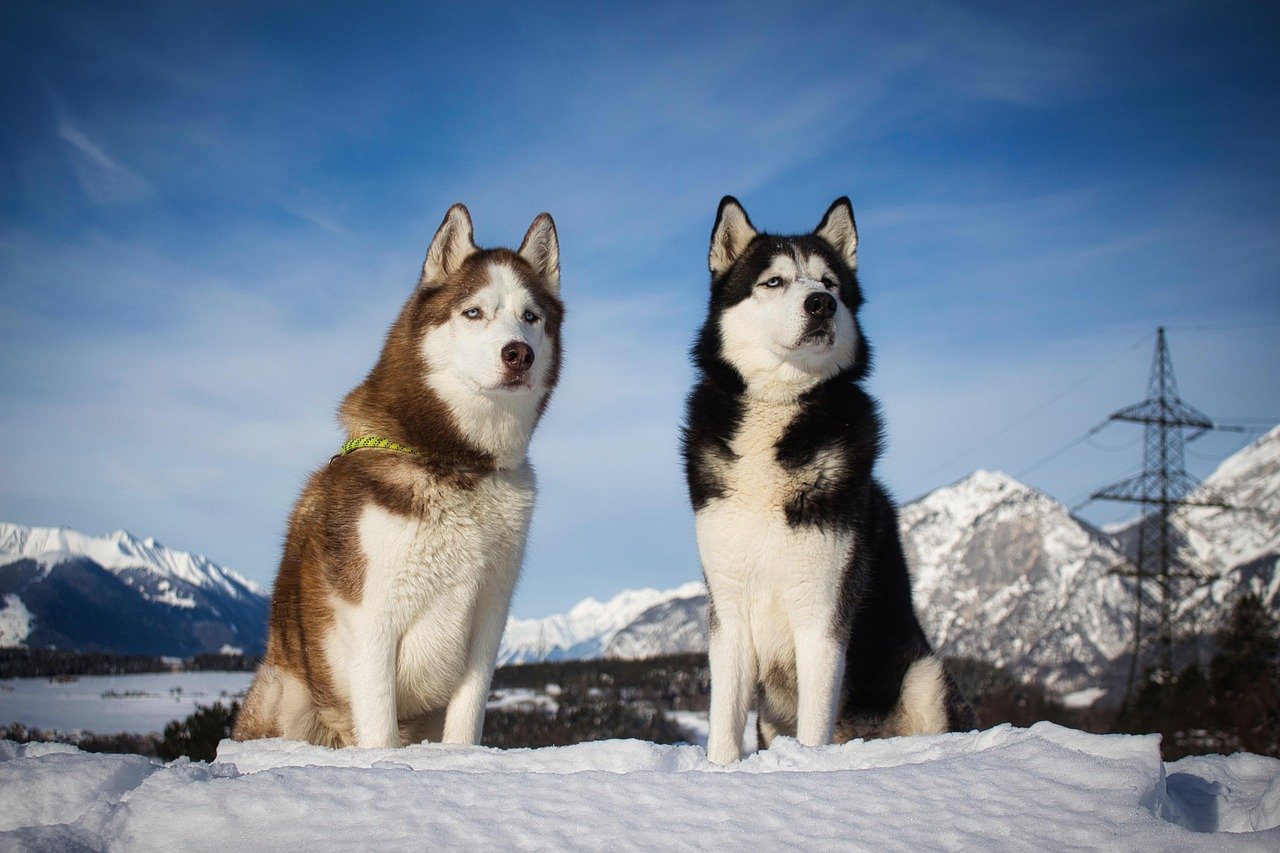
Siberian Huskies are known for their wild spirit and pack mentality. Raised as sled dogs, they’re used to working and living in groups. A single Husky can become bored, lonely, and even destructive if left alone too long. But put two Huskies together, and you’ll witness their joyful camaraderie—playing, running, and even ‘talking’ to each other in their unique vocal way. They bond deeply with their canine companions and rely on that pack bond to feel secure. For a happy, well-adjusted Husky, having another dog around is almost a must.
Border Collie: Thrilled with a Playmate
Border Collies are brilliant, energetic, and love to be on the move. Their intelligence is matched only by their need for activity and purpose. Two Border Collies together will invent games, challenge each other, and help burn off that legendary energy. Having a playmate keeps them mentally and physically stimulated, preventing boredom-driven mischief. Their natural herding instinct can even kick in as they round each other up in play. Border Collies often form inseparable bonds with their canine siblings, making them much happier in pairs than alone.
Cavalier King Charles Spaniel: Social Butterflies
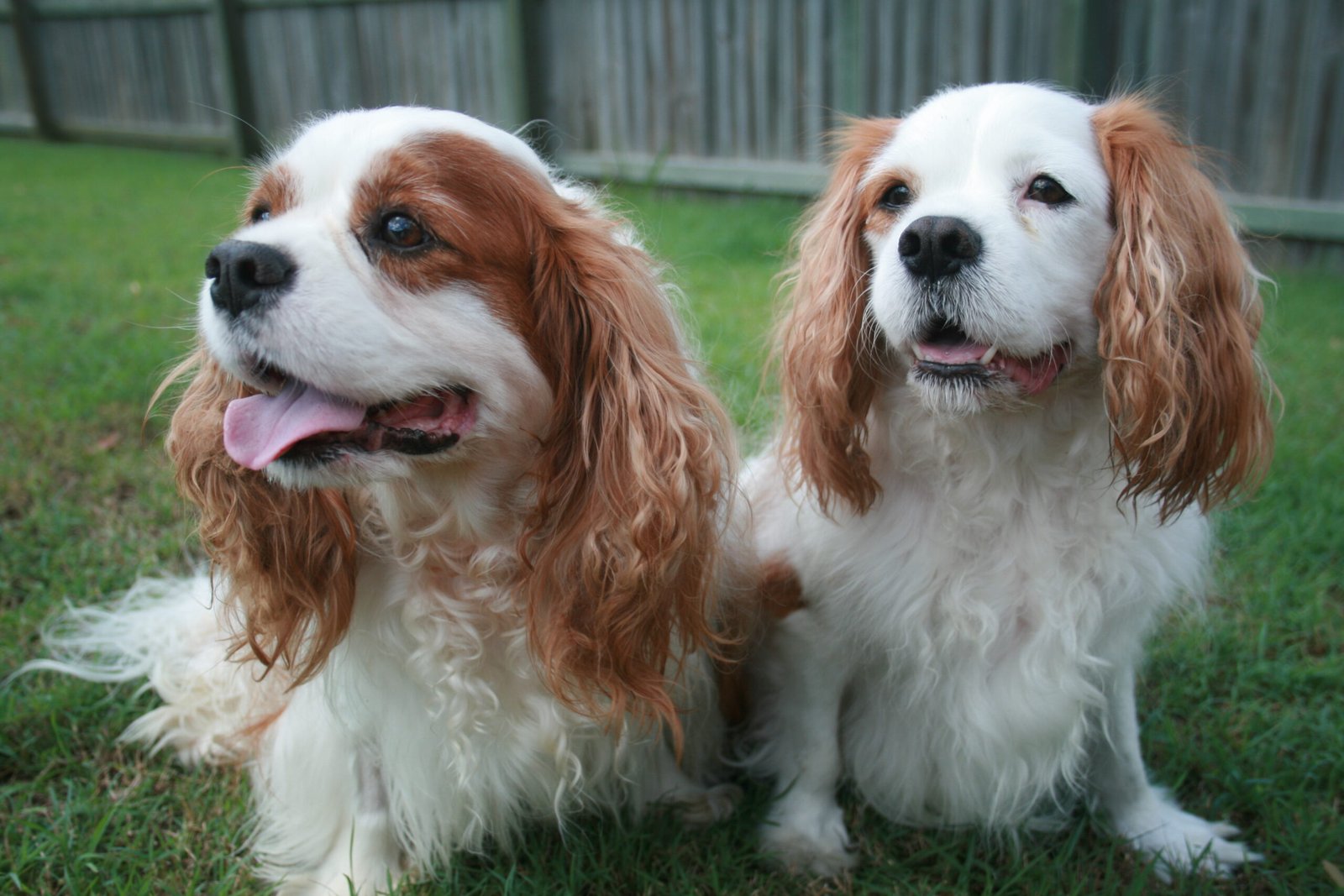
Cavalier King Charles Spaniels are affectionate little dogs who crave company. They were bred to be companion animals, and living with another dog brings out their loving, playful side. Cavaliers can become anxious or sad if left alone for long periods, but with a friend, they blossom. They cuddle together, share toys, and even groom each other. Their gentle nature means they rarely squabble and are quick to form lifelong bonds. For families who want double the sweetness, a pair of Cavaliers is a heartwarming choice.
Papillon: Playful Pairings

Papillons are small in size but huge in personality. These lively, intelligent dogs absolutely adore having another Papillon—or even a different breed—by their side. They play, chase, and communicate with amazing enthusiasm, making life more fun for both pups. Papillons can sometimes become nervous or high-strung if left alone, but with a friend, they’re more relaxed and content. Watching a pair of Papillons flutter around like butterflies is a true delight. For those who want tiny bundles of joy, consider a Papillon pair.
Pug: Double the Fun
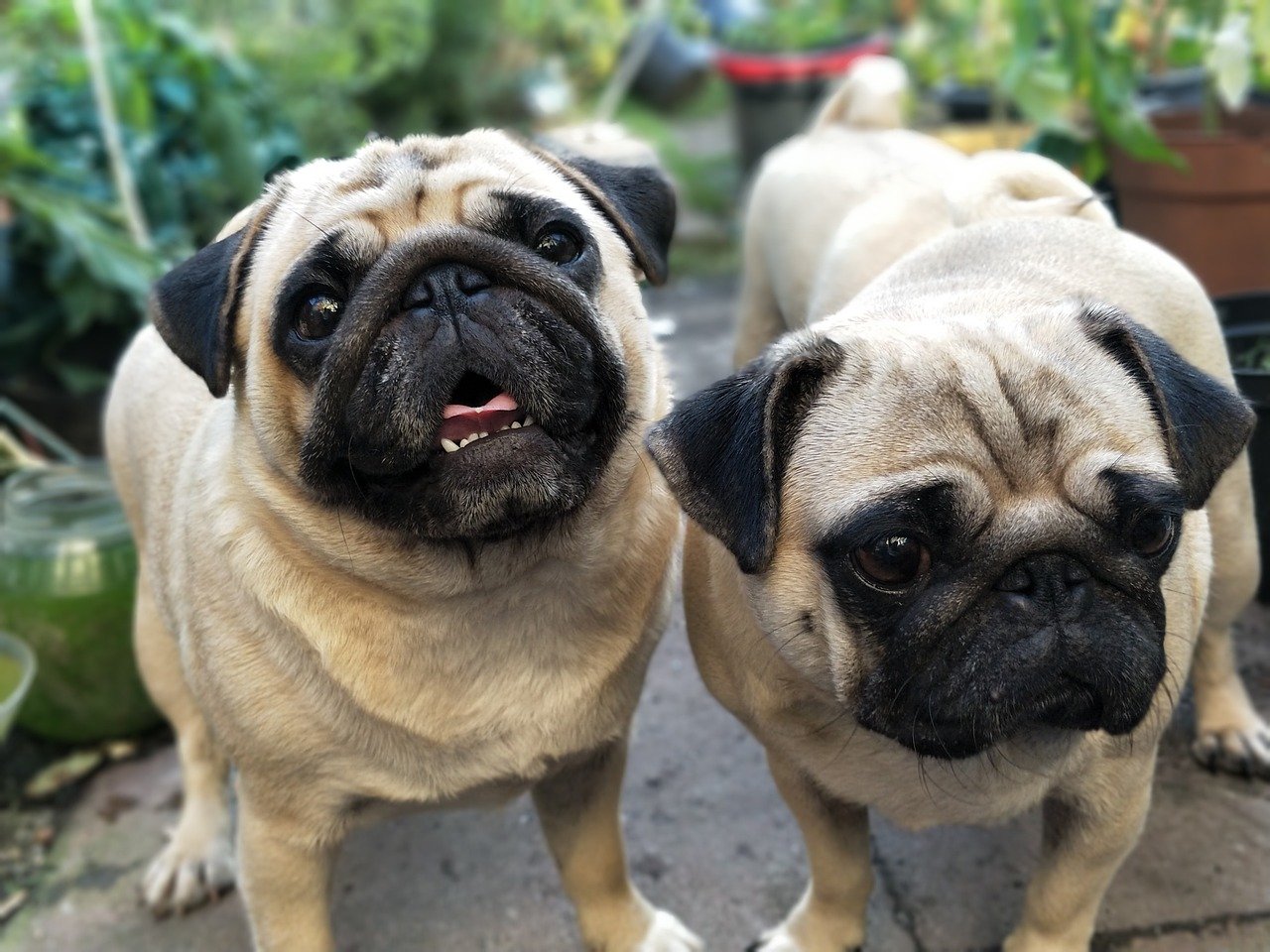
Pugs are known for their comical expressions and loving nature. These dogs are happiest when they have someone to snuggle with, and another Pug makes the perfect partner in crime. Pugs love to play together, nap together, and even get into mischief as a team. Their social nature means they rarely fight, and having a companion helps prevent separation anxiety. Two Pugs are sure to fill your home with giggles, cuddles, and endless affection. If you want to see the full range of Pug charm, don’t stop at just one.
Australian Shepherd: Partners in Activity
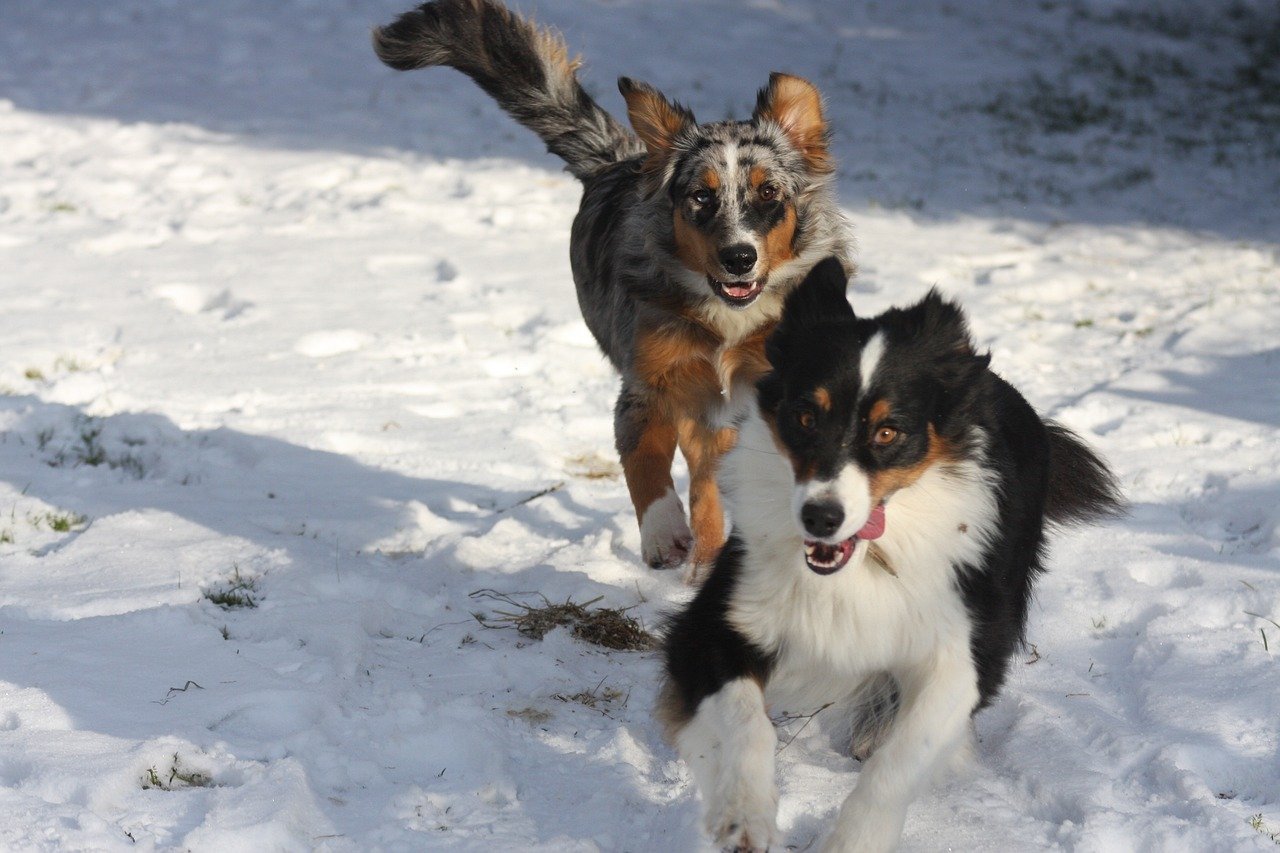
Australian Shepherds are high-energy, intelligent dogs who love having a job to do. They thrive when they can play and work alongside another dog. A pair of Aussies will play herding games, invent challenges, and keep each other busy for hours. Their strong pack instincts mean they often form close bonds with their doggy companions. Living with another dog helps them channel their energy in positive ways and keeps them emotionally balanced. If you’re thinking of getting an Aussie, consider letting them have a friend—they’ll thank you in tail wags and happy barks.
Samoyed: Happiness in Numbers

Samoyeds, with their fluffy white coats and perpetual smiles, are truly social dogs. Bred to live and work in close-knit groups, they feel happiest with at least one other dog for company. Samoyeds play, cuddle, and communicate in a way that only other dogs truly understand. Leaving a Samoyed alone too often can lead to loneliness and mischief, but paired with a friend, they shine. Their gentle temperament means they get along well with most breeds. For double the fluff and double the fun, consider two Samoyeds.
Chihuahua: Independent Spirits
Chihuahuas may be tiny, but their personalities are enormous. Surprisingly, many Chihuahuas are happiest as the only dog in the house. They bond intensely with their human family and can sometimes be territorial around other dogs. A solo Chihuahua often feels like the star of the show, soaking up all the love and attention. While some may tolerate a canine companion, most are perfectly content without one. If you’re looking for a pint-sized pal who’s happiest by your side alone, a Chihuahua might just be your perfect match.
Shih Tzu: Content on Their Own
Shih Tzus are the little lions of the dog world—calm, affectionate, and perfectly happy with their own company. These dogs thrive on human attention and don’t necessarily crave a canine companion. Shih Tzus often enjoy quiet time, lounging on laps or basking in a sunny spot. While they can get along with other dogs, they don’t usually seek out their company. Their calm, gentle nature makes them ideal for those who want a loyal, undemanding friend. For a peaceful, loving companion, a solo Shih Tzu is a wonderful choice.
Shar Pei: Lone Guardians
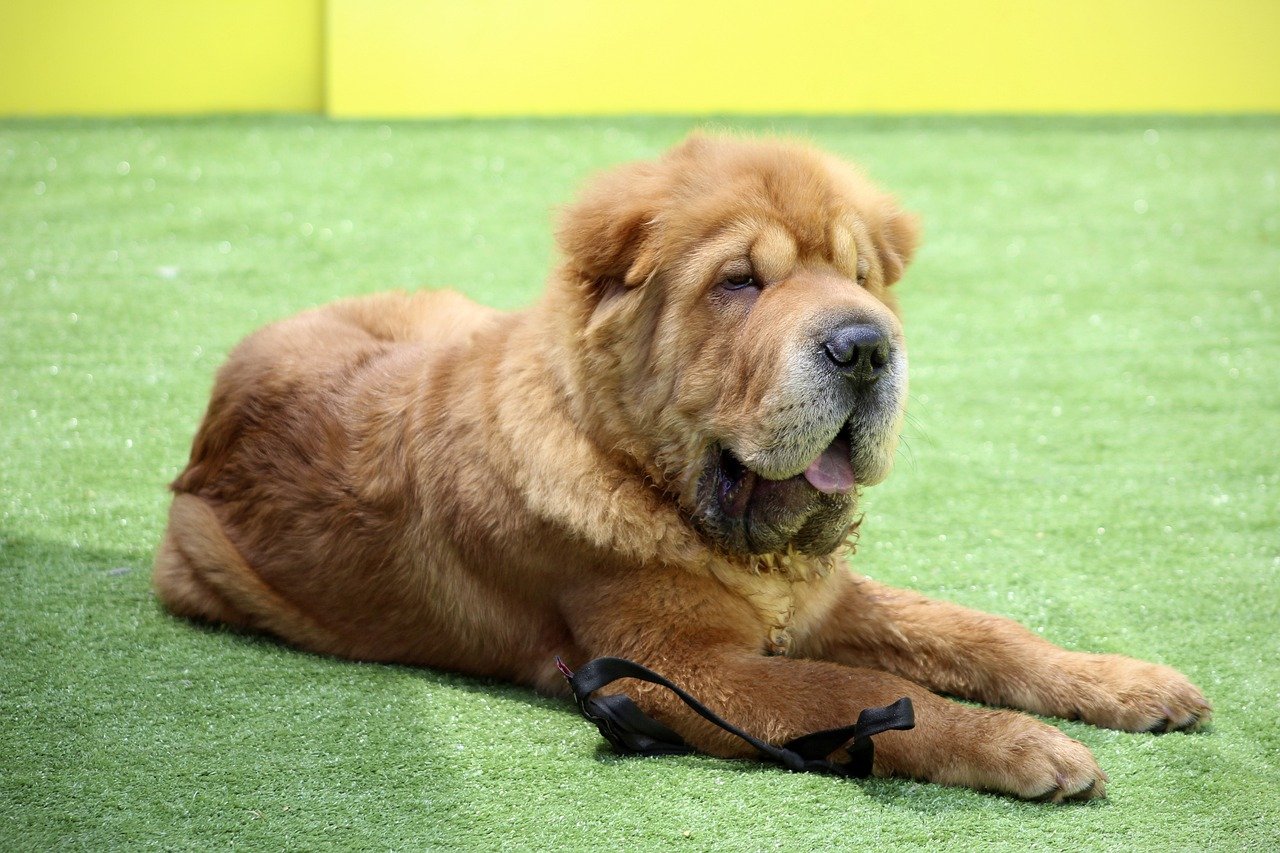
Shar Peis are known for their distinctive wrinkles and independent streak. These loyal dogs often prefer being the only pet, forming a deep bond with their family instead. Shar Peis can be reserved or even aloof toward other dogs, especially of the same sex. They’re content with their own space and don’t require the company of another canine to feel secure. In fact, some Shar Peis may become territorial if forced to share their home. For those who want a devoted, independent companion, the Shar Pei stands out as a strong solo breed.
Basenji: The Self-Sufficient Hound
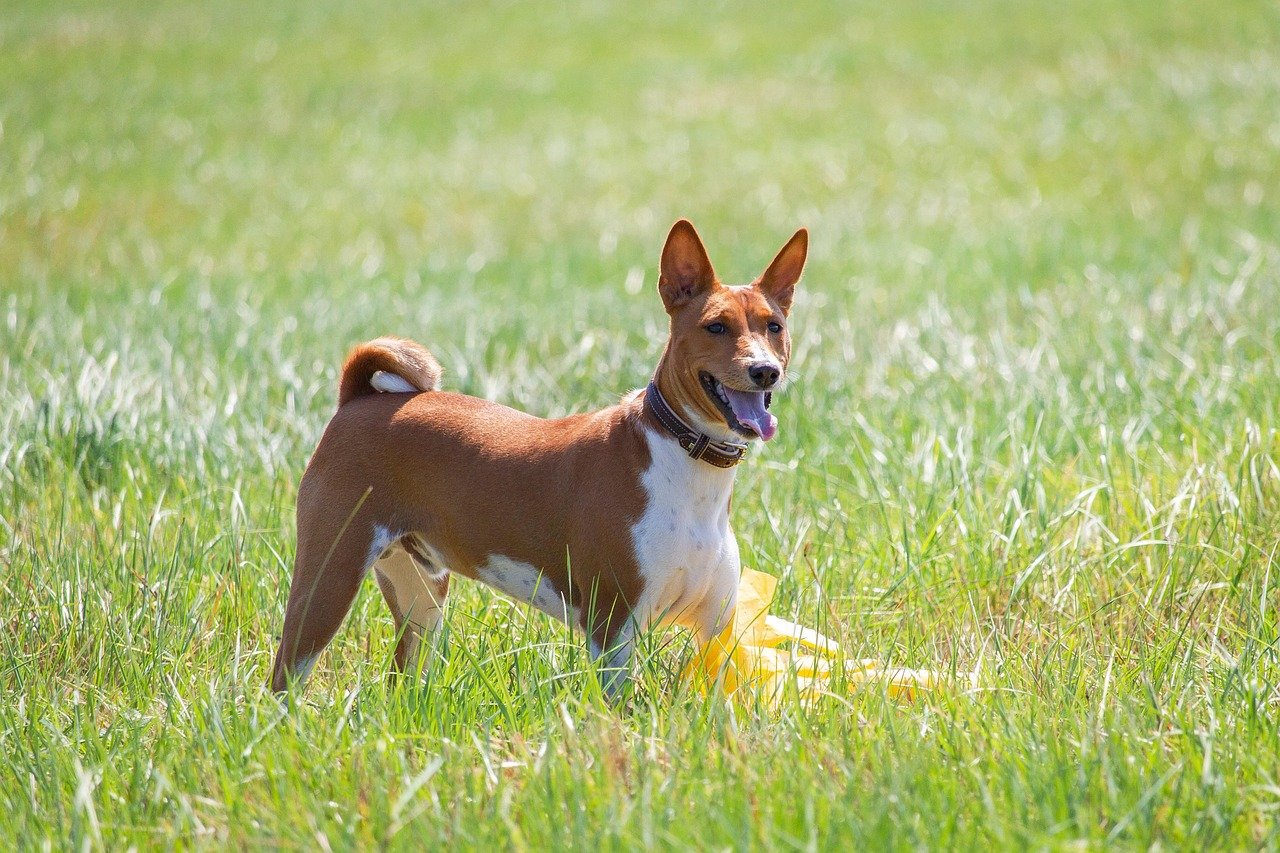
Basenjis are sometimes called the “barkless dog,” but their independence speaks volumes. These clever, cat-like hounds are quite content being on their own. Basenjis enjoy their freedom and don’t always crave constant company, either from humans or other dogs. While they can get along with others, many Basenjis are happiest exploring their world solo. They appreciate routine and a quiet environment, making them a great choice for owners who prefer a more self-reliant pet. If you want a dog with a strong sense of self, the Basenji fits the bill.
Pekingese: Solo Royalty
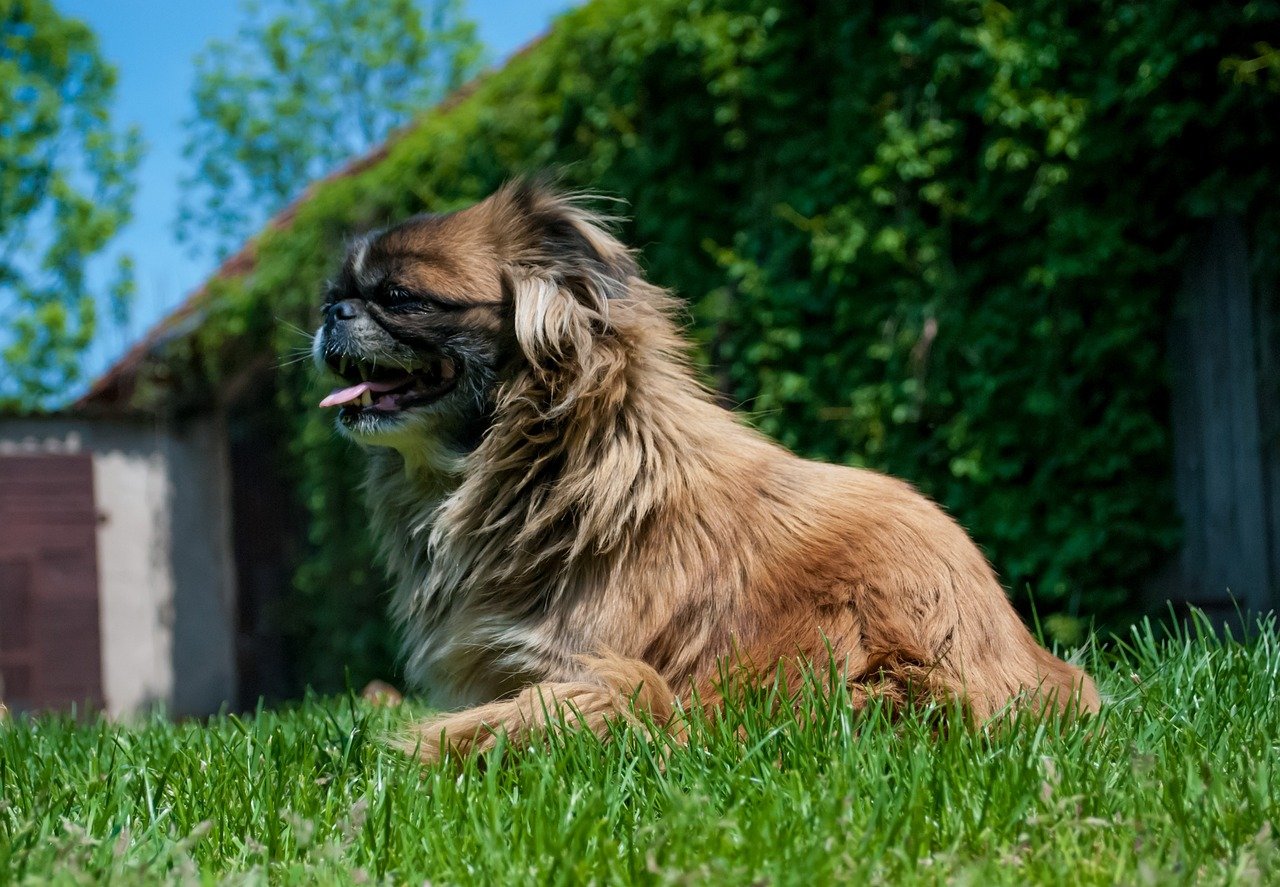
Pekingese dogs were bred to be companions of Chinese royalty, and they haven’t forgotten it. These proud, dignified little dogs enjoy being the center of attention and often prefer to be the only dog in the house. Pekingese form deep attachments to their human families and can be quite possessive. While they may tolerate another pet, they’re happiest when they don’t have to share the spotlight. Their independent nature and regal bearing make them an excellent choice for those seeking a one-on-one companion.
Akita: The Noble Loner
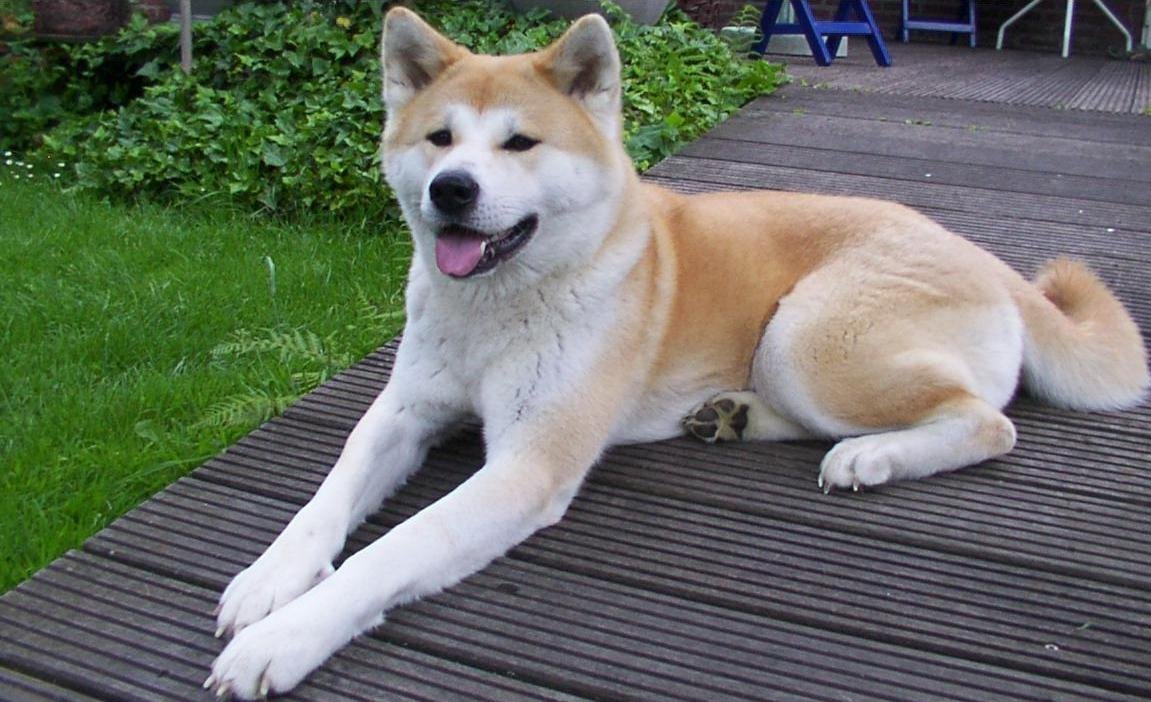
Akitas are strong, courageous, and fiercely loyal. Traditionally bred as hunting and guard dogs, Akitas often prefer to be the only dog in the household. They can be reserved or even dominant with other dogs, especially of the same sex. Akitas bond deeply with their human family, showing immense devotion and protectiveness. Their independent streak means they don’t need another canine for company—in fact, they usually prefer it that way. For those who want a loyal, majestic companion who’s happiest on their own, the Akita is a top pick.
Greyhound: Perfectly Content Solo

Greyhounds are known for their gentle elegance and quiet demeanor. These dogs enjoy lounging and are often content with their own company. While they can get along with other dogs, many Greyhounds adjust easily to life as a single pet. Their calm, laid-back nature means they don’t require constant stimulation or interaction from another canine. Greyhounds bond closely with their humans, relishing peaceful moments together. For those who appreciate tranquility and grace, a solo Greyhound is the perfect fit.
Scottish Terrier: Happy as the Only Dog
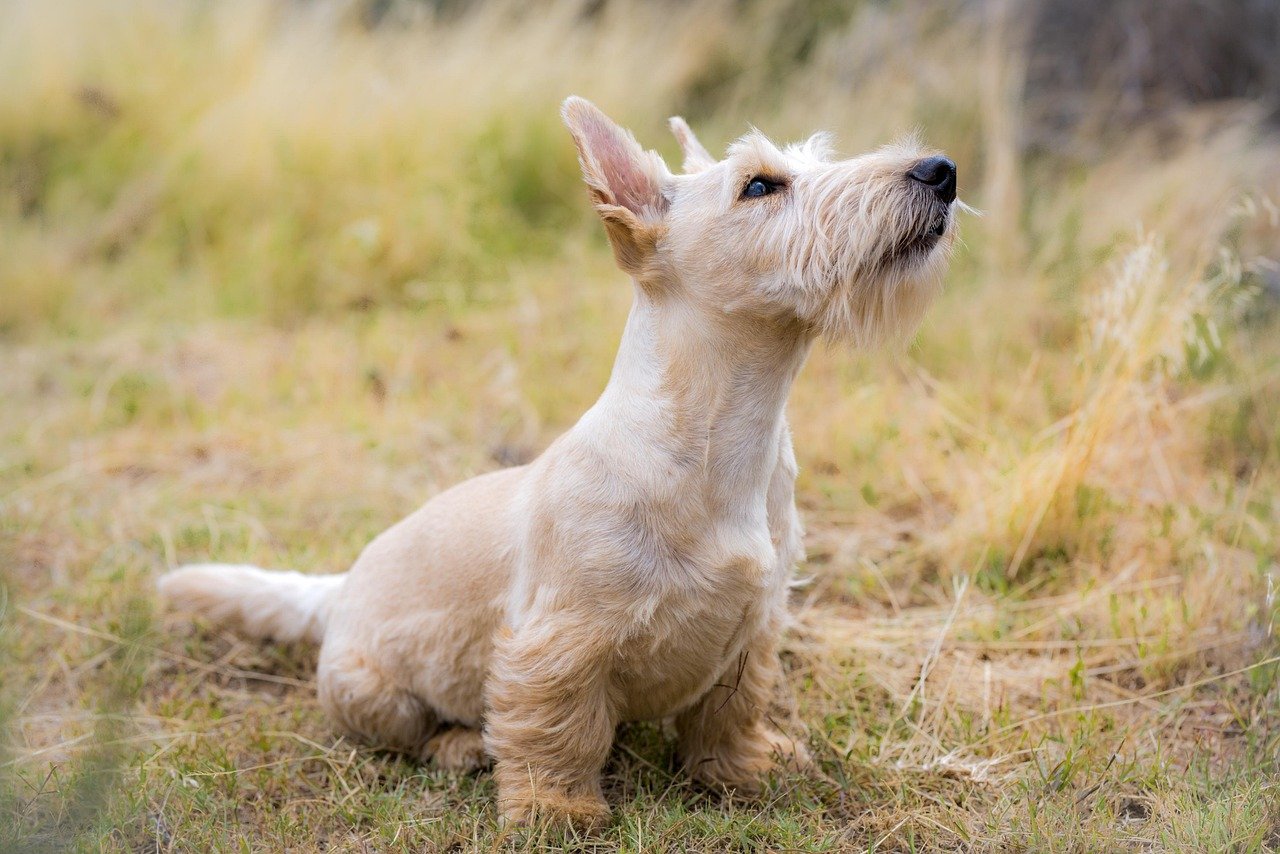
Scottish Terriers have a bold, independent spirit. These little dogs are famous for their strong-willed personality and deep loyalty to their owners. Scotties often prefer to be the only dog in the home, as they can be territorial and stubborn. They enjoy having their own space and don’t necessarily seek out canine company. A solo Scottie will reward you with unwavering devotion and plenty of character. For those who want a feisty, loyal companion, the Scottish Terrier stands strong on its own.
Chow Chow: The Independent Aristocrat
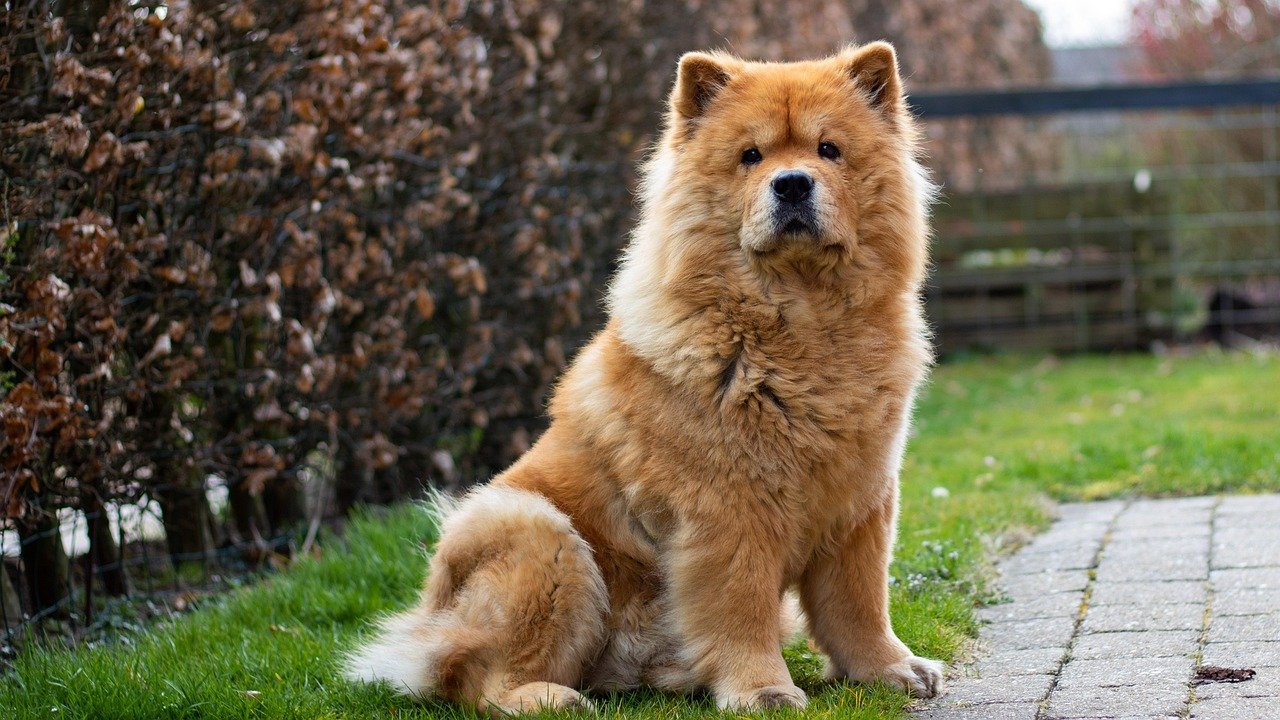
Chow Chows are often described as cat-like in their aloofness and self-sufficiency. These regal dogs prefer a quiet, calm household and often do best as the only pet. Chow Chows can be wary of other dogs and tend to form very strong bonds with their human family. They enjoy their own company and don’t crave the constant interaction that other breeds might. For owners who want a dignified, independent companion, the Chow Chow is a striking and loyal choice.
Dachshund: Loves to Be Number One
Dachshunds, with their long bodies and lively personalities, often prefer being the center of attention. These little hounds can be jealous and sometimes territorial, making single-dog households ideal. Dachshunds form tight bonds with their humans and love to be involved in everything. While they can get along with other dogs, many are happiest when they don’t have to share their people or their space. For those wanting a spirited, devoted friend, a Dachshund shines as the only dog in the house.
Choosing the right dog isn’t just about size or looks—it’s also about their social style. Some breeds truly blossom with a canine companion, while others are happiest having you all to themselves. By matching a dog’s personality with your household setup, you’re setting everyone up for a more peaceful, joyful life. Whether you’re building a duo or sticking with one pup, understanding these traits helps make every tail wag a little brighter.

Esther is from India; the heartbeat of South Asia, holding a Master’s degree in Zoology and a postgraduate diploma in Animal Welfare. Her enthusiasm for animal welfare drives her passion and dedication to working for animals, ensuring their well-being, and advocating for their rights. With a solid academic background and hands-on experience, she is committed to making a positive impact in the field of animal welfare. In her free time, she enjoys embroidery and sewing. As a Chennaite from Tamil Nadu, Esther loves Bharathanatyam, an Indian classical dance form.





